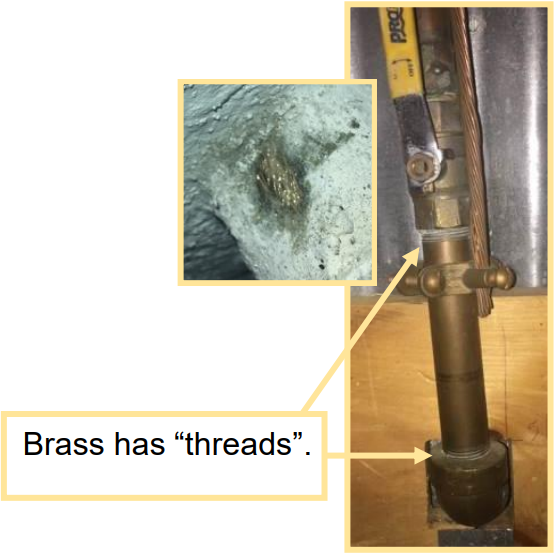The 2021 Lead and Copper Rule Revisions (LCRR) promulgated by the Environmental Protection Agency (EPA) requires water systems to prepare and maintain an inventory of both public and private water service line materials.
Springdale Water Utilities’ water mains and service lines are not made of lead. Private water service lines may be made of lead, copper, galvanized steel or plastic.
There are two primary ways in which we can identify private service line material in the field: digging the private service line up just outside the meter box, inspecting it or relying on customers to self-report their line material to us.
To limit disruption of properties, we are asking customers to help by identifying their private service line material by following the steps below and submitting the results to us. Your participation is appreciated but optional. Please note it will be necessary for us to excavate and inspect any service line that is reported as lead to us.
The water is safe. Please note that regardless of service line material discovered, your water will continue to meet water quality standards. Our water is treated to prevent corrosion of service lines and household plumbing, and our ongoing lead and copper compliance testing continues to meet state and federal water quality regulations, including those set for lead.
| Pipe Material Identification Table | |
| Plastic (PVC, PE, PEX)
• Blue, black, white, or tan • Not metallic; not magnetic • When scratched the pipe does not change |
 |
| Copper
• Bronze to brown in color; can have green corrosion spots • No threads • Not magnetic • When scratched the pipe will shine like a penny • Tapping a copper pipe with a coin will produce a metallic ringing noise |
 |
| Galvanized Steel
• Dull gray color or black • Straight rigid pipe • Threads at connection • Magnetic • Very hard when scratched • Tapping a galvanized pipe with a coin will produce a metallic ringing noise |
 |
| Lead
• Dull gray color • Bendable • Often curves between wall/floor and valve • Not magnetic • No threads • Soft and shiny silver when scratched • Tapping a lead pipe with a coin will produce a dull noise |
 |
| Brass
• Brown color; can have green corrosion spots • Threads at connections • Gold color when scratched • Not magnetic
|
 |
Steps to Determine Your Private Water Service Pipe Material
➢ Locate the water service line entering the building. You need to see the pipe where it comes through the floor or wall. This is typically found in the crawlspace, basement, or lowest floor, or whole-house water shut-off valve nearby.
For houses on concrete slabs, sometimes it is found where the hot water tank is located. A shut-off valve is typically installed on the pipe after the point of entry.
➢ Identify a test area on the pipe between the point where it comes into the building and the shutoff valve. If the pipe is covered or wrapped, expose a small area.
➢ Scratch pipe with a coin, flat edge of a screwdriver, or key to reveal the metal. You may need to scratch through corrosion or paint. Each type of pipe will produce a different type of scratch, react to the magnet differently and produce a unique sound when tapped with a metal coin.
➢ Look for threads at connections.
➢ See if a kitchen magnet sticks to the pipe.
➢ Compare your pipe to the table on the next page.
➢ Send the following four things via the form below:
- Physical address
- Contact phone number
- Pipe material that you identified using the “Pipe Material Identification Table”
- Photos: Try to take at least two photos of the pipe coming through the wall or floor that includes the shut off valve and a view of the pipe with the scratch.
